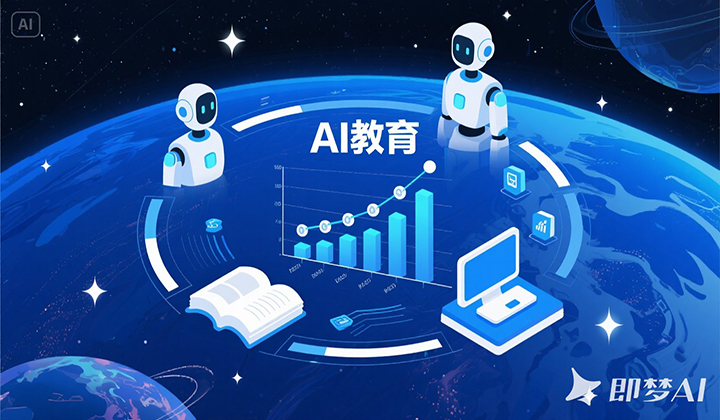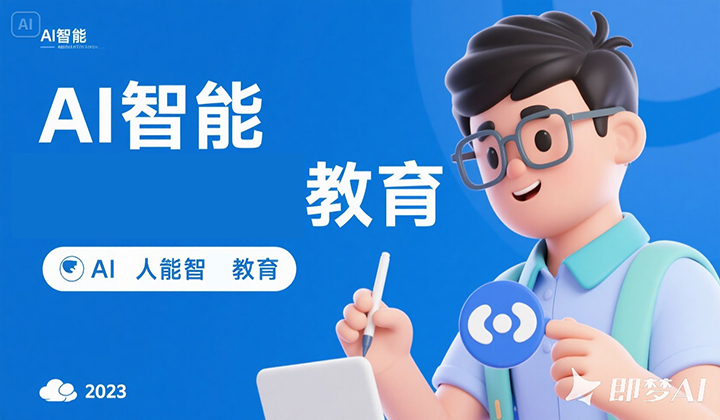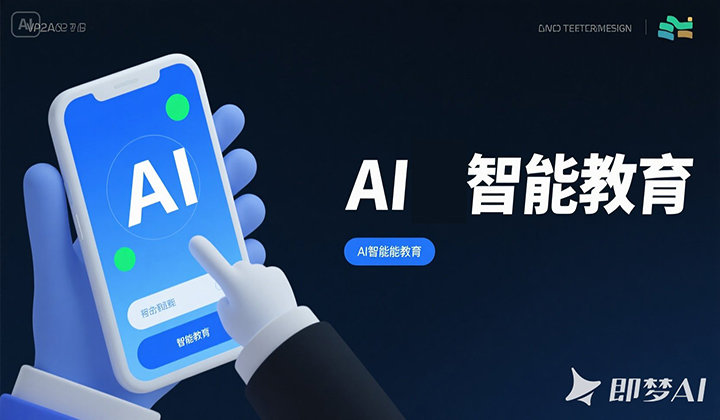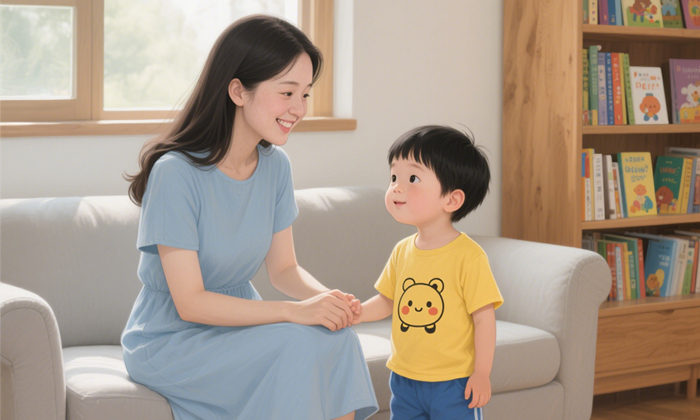The Integration of AI Education and Traditional Education
As Artificial Intelligence (AI) continues to revolutionize industries, its presence in the education sector has become increasingly pronounced. However, rather than replacing traditional education, AI is opening new avenues for a more integrated and dynamic learning experience. The key lies not in choosing between AI and traditional methods, but in understanding how the two can complement and enhance each other.
Rethinking the Teacher’s Role
In a traditional classroom, the teacher has long served as the primary source of knowledge. With AI-powered tools now capable of delivering information, assessing progress, and offering personalized feedback, the teacher's role is evolving into that of a facilitator, mentor, and critical thinker guide. AI handles the repetitive, data-driven aspects of teaching, such as grading or tracking learning outcomes, while educators focus on social, emotional, and creative development — the uniquely human side of education.
This blend enables teachers to spend more time addressing individual student needs, guiding group discussions, and nurturing soft skills, which are increasingly valued in today’s workforce.
Personalized Learning Meets Structured Curriculum
One of AI's greatest contributions is personalized learning — the ability to adapt content, pace, and methods to each student’s needs. In contrast, traditional education relies on standardized curricula aimed at the average learner. When integrated properly, AI can help bridge the gap by customizing instruction within a structured system.
For example, a math teacher may use an AI platform to identify students struggling with a particular concept. While the AI provides tailored exercises for those learners, the teacher can offer targeted support during class. This partnership ensures that no student is left behind, without discarding the shared experience and discipline that come with traditional instruction.
Enhancing Engagement and Motivation
AI can also enhance student engagement through gamified learning, real-time feedback, and interactive simulations. These tools appeal especially to digital-native learners and can revitalize classroom experiences. Meanwhile, traditional education provides the context, discipline, and interpersonal interaction necessary for long-term academic and personal development.
When combined, these elements can create a more stimulating and effective educational environment, catering to diverse learning styles and preferences.
Addressing Limitations Through Collaboration
Both AI and traditional education have limitations. AI lacks emotional intelligence, ethical reasoning, and cultural sensitivity — all of which are critical in a learning environment. Traditional education, on the other hand, often struggles to keep pace with technological change and individual differences in learning.
Integration is not about replacing one with the other, but about mutual support. By embedding AI into existing educational structures with careful design, transparent governance, and professional teacher training, we can mitigate the shortcomings of each and maximize their strengths.
A Future Built on Balance
The future of education lies in balance — where AI and traditional methods work hand in hand. Classrooms of tomorrow may be hybrid spaces: digitally intelligent, emotionally rich, and deeply human. In this model, AI augments teaching, students are empowered with autonomy and support, and teachers remain the heart of education.
The road to integration may be complex, requiring investment, policy changes, and cultural adaptation. But if pursued thoughtfully, the fusion of AI and traditional education holds the promise of a more inclusive, adaptive, and effective learning system for all.














